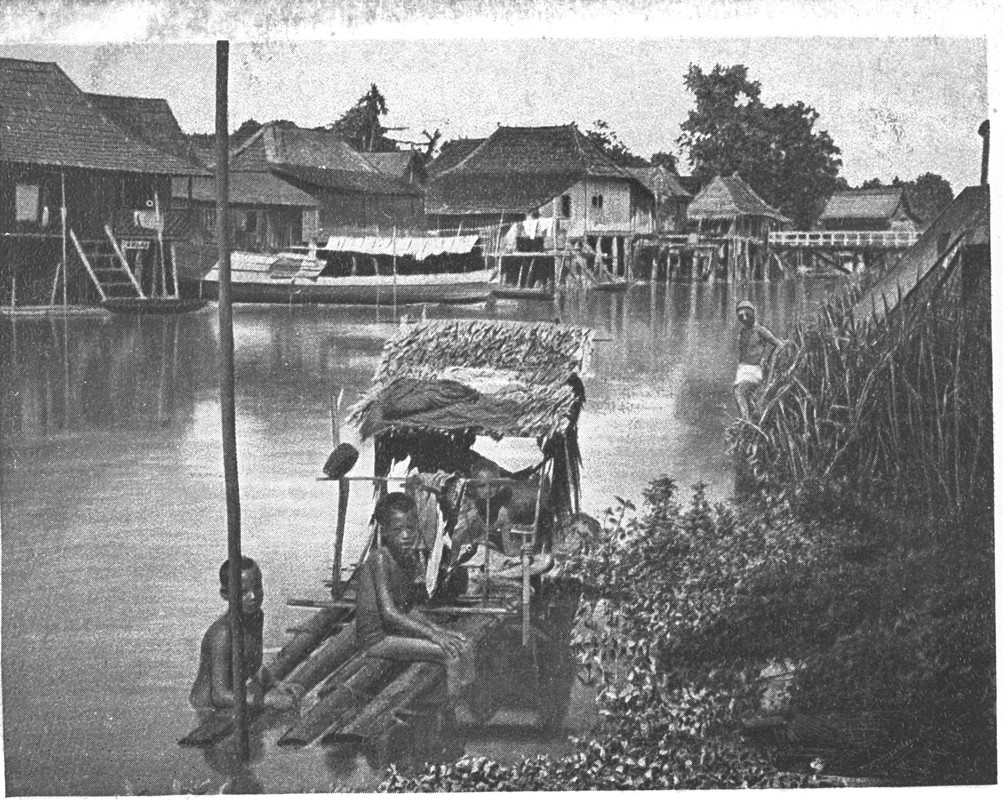Philanthropic activities of the Teochews in Singapore
The Teochew community in Singapore has had a long history of public philanthropy, whether by individual philanthropists, clan associations, or religious organisations. Smaller clan associations set up mutual aid groups for the welfare of their communities, while those with more resources cross the boundaries of clanship and religion to extend their charity to vulnerable groups in society. Ngee Ann Kongsi and the Teochew charitable organisations stand out as two of the most salient examples.
Ngee Ann Kongsi
After Ngee Ann Kongsi was formally established in 1845, the organisation used the funds it raised to repair and construct temples, purchase communal burial grounds, sponsor Teochew schools, and support other charity work. In 1933, the Kongsi revised its constitution and registered itself as a trust and charity institution for Teochew people. After that, it took over management of Tuan Mong School, founded Ngee Ann Girls’ School (now Ngee Ann Primary School) and Ngee Ann College (now Ngee Ann Polytechnic), and started offering scholarships and bursaries for higher education.
The Kongsi set up Ngee Ann Property Management Pte Ltd and Ngee Ann Development Pte Ltd, stipulating that 75% of its annual profit from investments and rental of real estate was to be used for the development of Ngee Ann Polytechnic. This was reduced to 25% in 2007, and the remaining 50% was allocated to other educational technology and charity purposes.
To date, Ngee Ann Kongsi has donated billions of dollars. This has benefited numerous educational institutions, research organisations, and charity groups, making significant contributions to the country’s education, economy, and social welfare.
Teochew charitable halls
Founded in 1916, Seu Teck Sean Tong was the first Teochew charitable hall to be established in Singapore. Several others that followed — namely Phoh Kiu Siang Tng (1929), Nanyang Thong Hong Siang Tng (1930), Toa Payoh Seu Teck Sean Tong (1942), Thong Kheng Charitable Institution (1943), and Nam Ann Siang Theon (1944) — later came together to form the Blue Cross Charitable Institution during World War II. First conceived in the early years of the Japanese Occupation, the Blue Cross was officially started in January 1945 to take on social relief work, which included medical services, assistance for the poor, and provision of free burials for the deceased. Charitable halls that were established after the war also subsequently joined the Blue Cross, and these included Thong Teck Sian Tong (1950), Bukit Timah Seu Teck Sean Tong (1959), Poh Teck Siang Tng (1961), Nam Hong Siang Theo (1961), Cheng Hong Siang Tng (1974), and Chung Hong Siang Tng (1977).

Registered as non-profit charities under the Societies Act, Teochew charitable halls mainly worship the Song dynasty Buddhist monk, Reverend Song Ta-Fung, but also enshrine the Buddha, various Bodhisattvas, and other deities. In alignment with their ancestral master’s grand mission to help the world, these organisations were dedicated to providing disaster relief and helping the poor and needy in the early days.
Charitable halls evolved with the changing times. From the 1990s, they reached out to the wider community to provide a variety of up-to-date welfare assistance. This included expanding the scale of their Western and traditional Chinese medical and medication services, setting up well-equipped nursing homes, dialysis centres, homes for the elderly and care centres, funeral service centres, and family service centres, as well as donating to various charity organisations and community education funds.
Since the 2000s, some of the charitable halls have also formed welfare associations to promote their various charitable causes more professionally and effectively. They have also obtained Institutions of a Public Character (IPC) status and became members of the National Council of Social Service. The Teochew charitable halls today have transformed themselves, and are engaging with the wider community on multiple levels, becoming an important part of the country’s charity and welfare system.

This is an edited and translated version of 新加坡潮州社群的公共慈善事业. Click here to read original piece.
Lee, Chee Hiang. Lan shi chunqiu: Xinjiapo chaoren shantang kao [The History and Transformation of the Blue Cross: On Chaozhou Shantang (Hall of good deeds) in Singapore]. Beijing: Social Sciences Academic Press, 2021. | |
Tan, Sumiko. Ngee Ann Kongsi: Into the Next Millennium. Singapore: Ngee Ann Kongsi, 2005. | |
Zhonghua shantang Lanshi jiuji zonghui zhangcheng [Blue Cross Charitable Institution Constitution], 1947. Internal document. |










